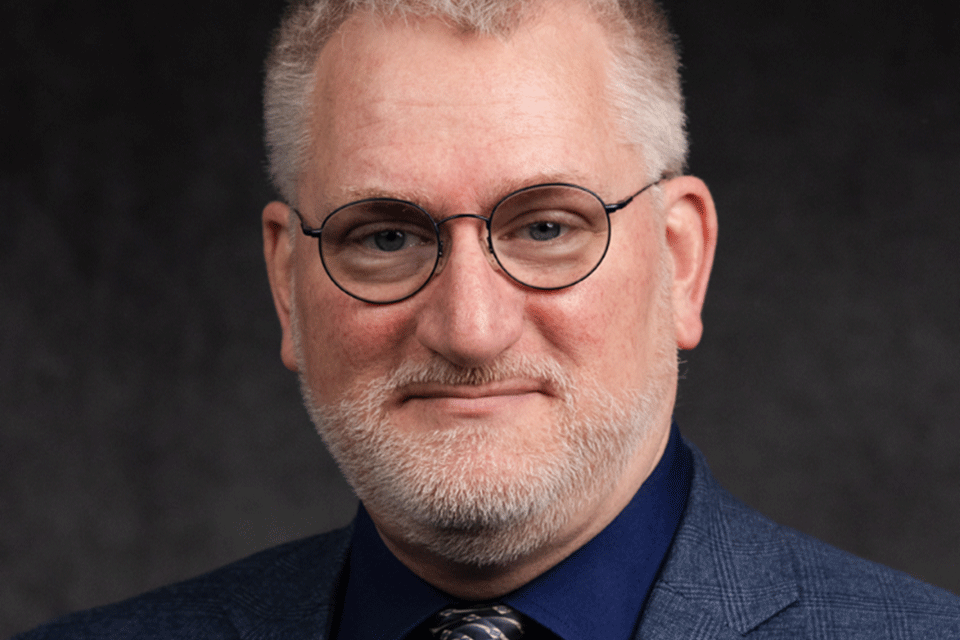2024 Loss Lecture - Swing, Sting, and Ping: The Physics of Hand-Held Sports Equipment
Learn about physics and music through the study of acoustics and vibration during the 2024 Robert and Janice Loss Science Lecture Series, featuring Dr. Daniel A. Russell.
Date:
Tuesday, March 19, 2024
Time: 7 p.m.
Location:
Cleary Family Auditorium, Kearney Hall
A teaching professor of acoustics in the College of Engineering at Penn State, Russell’s lecture will explore some of the physics and engineering of hand-held sports equipment (baseball bats, tennis rackets, golf clubs, hockey sticks, etc.), with a focus on the sound and vibration characteristics that influence performance and player preference. Elastic and inertial properties of bats, clubs, and balls determine a player’s swing speed, the bat/club-ball collision, and the initial flight (or roll) of the ball. Membrane, plate, and shell vibrations in tennis rackets, ping-pong and pickleball paddles, golf clubs, and baseball bats give rise to the “trampoline effect” which determines ball exit velocity and creates the characteristic “ping” impact sound. Bending vibrations in the handles of bats, clubs, sticks, and rackets affect the perception of feeling and cause the painful sting resulting from bad hits, and specifically tuned absorbers can reduce discomfort. High speed video, experimental laboratory measurements, and field performance data are used to make connections between design, performance, and player perceptions. And a properly selected collection of softball bats can even be “played” like a piano!
Russell has been studying the acoustics and vibration of sports equipment for 25 years. He has provided consulting and testing services for several manufacturers, including Easton, Louisville Slugger, DeMarini, Marucci, Combat Baseball, Donnay Tennis, Nike Golf, and served as a scientific advisor for USA Baseball and the Amateur Softball Association. His award-winning acoustics and vibrations website showcases animations illustrating acoustics and vibration, waves and oscillation concepts used widely by physics and science teachers and students around the world.
This lecture is made possible through a generous donation from the Loss Family, who established the lecture series in 2003 to promote the study of sciences among youth.
- Organized by:
Hosted by the School of Arts and Sciences
